
岭南心血管病杂志(英文版)(South China Journal of Cardiology) 知网万方目次维普目次
- 省级普刊
- 主管单位:
广东省卫生健康委员会
- 主办单位:
广东省心血管病研究所
- 国际刊号:
1009-8933
- 国内刊号:
44-1512/R
- 学科分类:
- 字数:
12000-22000
- 有无基金:
/有基金 100.0%
- 周期:
CN外文-季刊
- 特殊属性:
第一批认定学术期刊,外文期刊
- 电话:
020-83827812-10295(202301期)
- 邮箱:
scjoc@163.com(202301期)
- 复合因子:
0
- 综合因子:
0
- 收录:
知网,万方目次,维普目次
- 级别:
省级普刊
- 杂志社官网:
- 投稿网址:
期刊简介
《岭南心血管病杂志》期刊已被查看: 次
更新频次
单位占比
一作占比
/有基金-100.0%投稿指南
1、投稿方式:邮箱投稿。
2、出刊日期:季刊,逢季末月30日出版。
2023年8月30星期三
《岭南心血管病杂志(英文版)》稿约
【微信公众号“岭南心血管病杂志”信息】
2017-06-02
South China Journal of Cardiology publishes peer-reviewed articles on cardiovascular disease, including original studies, experimental investigation, review articles and letters. Manuscripts submitted to this journal must not be under simultaneous consideration by any other publication and should not have been publish elsewhere in substaneous similar form. The letter of submission must be affirmed. A transfer of copyright form to be signed by all authors to the South China Journal of Cardiology should accompany all submitted articles. The journal will be quarterly published. Manuscripts are welcome from anywhere in the world.
Submission Methods
Manuscripts can be submitted to the Editorial Office: South China Journal of Cardiology, 96 Dong Chuan Road, Guangzhou 510100, China or E-mail:scjoc@163.com
Manuscript Preparation
Manuscripts must be submitted in English in triplicate (one original and two copies) and typed double-spaced on A4 size white bone paper. This applies to all parts of the manuscript, i.e. references, legends, etc. Liberal margins should be left at the top and bottom, as well as the sides. Except for editorials, images/ECG and letters, all manuscript should be submitted in the following order: Title, Abstract, Text, References, Tables, Legends, and Figures. Each paper, beginning with the summary, should also include the senior author’s surname typed on the upper, left-hand corner. The author should not make any changes in the proofs except for corrections of editorial errors, if any, and/or evaluate or comment about the products of a competitor. A commercial name should not be part of a manuscript title. Finally, authors should make no claims of priority manuscripts.
Title Page
Include full name(s), degree(s) and affiliation(s) of authors(s); list under file.
Name of authors should begin with the family name (in capital letters) and then the first name (first letter in capital letter, others in small letters, combine each spelling with dash). Fill the names in Chinese in the sign of aggregation, if the authors have Chinese namese. Only all those with significant contribution to the article should be included.
Give a running title of 3 to 6 words.
At the bottom of the page, include information of author’s hospital names, corresponding author’s name, and E-mail. about grant, if applicable.
Add:”Address for reprint:..”, followed by full name, address, E-mail, telephone and fax numbers.
Abstract
Abstract should be after title page and numbered page 1.
The abstract should be structured: background, Methods, Results and Conclusions.
It should not exceed 250 words for major articles; case reports should have abstracts of no more than 100 words.
At the end of the abstract, provide a maximum of 6 key words suitable for indexing.
Abbreviations should be kept to a minimum and must be explained when they first appear; after first use, abbreviations alone may be used.
Standard abbreviations should be used for all measurements (SI units).
SI Units should be used with standard abbreviations (e.g. m, kg etc.)
Text
The text should follow the abstract and begin on a new page, as should References, Tables, and Legends.
Abbreviations not defined in the abstract should be explained when they first appear in the text.
References should be cited in numerical order, as should tables and figures.
References
Number in the order in which they appear in the text.
Abbreviate titles of periodicals according to the style of the Index Medicus.
Use the following style and punctuation for referenced.
Follow the format (arrangement, punctuation) shown below:
Periodicals
1.Lewis T.Paroxysmal tachycardia. Heart 1909; 1:43-72.(if more than three authors, please use “et al.” after the third)
Books(edited by other authors of article)
2.Braunwald E. The history. In Zipes D, Libby P, Bonow R O, et al(ed). Braunwald’s Heart Disease, A Textbook of cardiovascular Medicine, Seventh Edition. Philadephia, Pennsylvania, Elsevier Saunders, 2005, Ch. 7, P. 63-76
Books (identical author and editor)
3.Chung EK. Principles of Cardiac Arrhythmias. Baltimore, MD, Williams & Wilkins, 1977, pp. 97-188.
Tables
Tables should supplement, but not duplicate the text.
Tables should be numbered consecutively in order of appearance in the text.
Each table must be given an Arabic number and a title, placed at the top of the page.
Abbreviations used in the table should be foot-noted and explained in the order in which they appear in the table, if they have not been previously used.
Any material which is not self-explanatory should be foot-noted as well.
Legends
Be sure that legends and figures correspond.
Identify all abbreviation used in a figure at the end of each legend, if the abbreviation has not been used in the text.
Be sure abbreviations used for measurements are standard SI unit.
Figures
Submit either 3 black and white glossy prints or 2 prints and one photocopy, preferably of 13 cm × 18 cm (5” × 7”) size.
Digital version of figures with good resolution are preferred (format: JPEG, GIF, TIFF).
If digital figures not available, submit 3 black and white glossy prints preferably of 325px×450px (5"×7") size. On the back of each figure, indicate number, senior author’s surname. Top of illustration; all of this should be written lightly with soft, black pencil.
Submit written permission from publisher(s) for any figure which has been published previously.
Any lettering or scale of measurement used in an illustration must be large enough to be legible in the event of half-size reduction.
Do not send original art-work, X-ray, or ECGs.
Photographs in which a patient or other person is identifiable must have written permission from that person. The consent must state specifically what the person is consenting to and what restrictions, if any, the person has placed upon the publication of the photograph. All restrictions must be strictly observed.
Color illustrations are costly and will be charged to the author.
Authors should inquire about cost from the publisher before submitting a color illustration.
Ethics
Published studies on human subjects should indicate the nature of consent and the approval of the institutional ethics committee if deemed appropriate. In case of animal experiments, ethical approval must be en closed.
The author is responsible for all material presented in a paper. The journal disclaims all responsibility for such material. No product or service advertised in this publication is guaranteed or warranted either by the Editors or publisher. Neither the Editors nor publisher guarantee any claim made by a manufacturer or an author in regard to a product or service. If a trademark item is named, the name(s) and address(es) of the manufacturer(s) or supplier(s), in addition to the generic name, should be foot-noted.
Reprints are available. Ordering information can be obtained from the above address.
《岭南心血管病杂志》同类内科学期刊
-
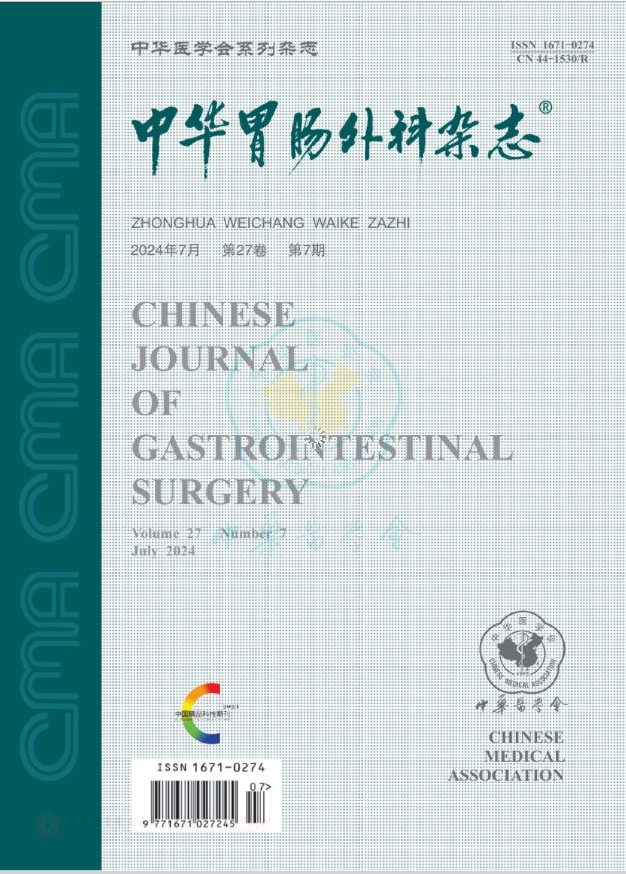
中华胃肠外科杂志(原:中国胃肠外科杂志)
北核,CSCD,科核,武A,高T2
CN中文-月刊影响因子1.903
-
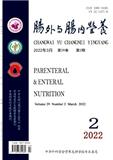
肠外与肠内营养
北核,CSCD,科核,武A+,高T3
CN中文-双月刊影响因子1.694
-
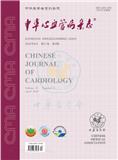
中华心血管病杂志
北核,CSCD,科核,武A+,高T1
CN中文-月刊影响因子2.576
-

中国糖尿病杂志
北核,CSCD,科核,武A
CN中文-月刊影响因子1.554
-
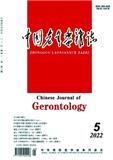
中国老年学杂志
北核,武A+
CN中文-半月刊影响因子1.791
-
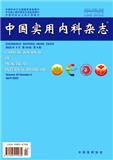
中国实用内科杂志
北核,CSCD,科核,武A
CN中文-月刊影响因子1.51
-
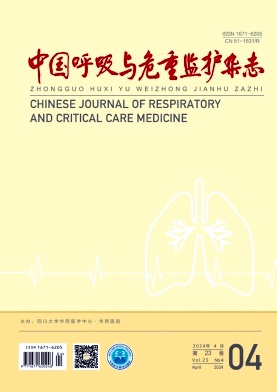
中国呼吸与危重监护杂志
CSCD,科核,武A-,高T3
CN中文-月刊影响因子1.753
-
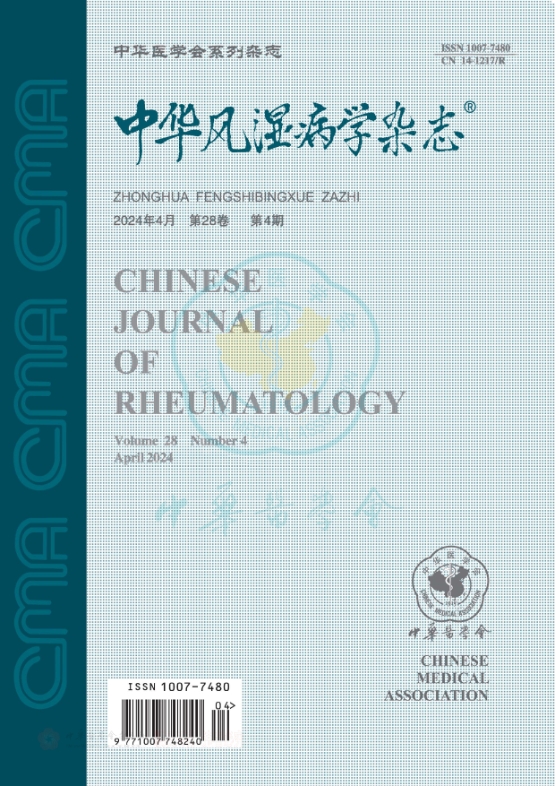
中华风湿病学杂志
科核,CSCD扩,武B+
CN中文-月刊影响因子0.744
常见问题
-
岭南心血管病杂志杂志社官网、联系方式是什么?
岭南心血管病杂志联系电话:020-83827812-10295(202301期)
投稿邮箱:scjoc@163.com(202301期) -
岭南心血管病杂志杂志是核心期刊么?
岭南心血管病杂志不是核心期刊,级别是:省级普刊, 是:内科学分类下的知网,万方目次,维普目次收录的期刊。
-
请问你们是岭南心血管病杂志杂志社吗?
我们不是《岭南心血管病杂志》杂志社。本站主要从事期刊信息展示与期刊推荐,不是任何杂志官网,直投稿件请联系杂志社。本站仅提供免费的学术指导、论文辅导、期刊投稿信息整理收集服务。
-
你们指导服务后可以保证文章被发表吗?
期刊发表的成功与否,主要取决于文章内容的质量。编辑老师会根据研究领域、创新性等多因素进行考量。我们会帮助您理解期刊的发表要求,助力提升发表几率,从而增加发表的机会。
-
晋级论文能否在报纸上发表?
在学术界,论文的发表往往被视为研究者职业发展的重要一环。晋级论文,即为了获得更高职称或学术地位而撰写的学术论文,通常需在专业期刊上发表。然而,许多人可能会问
